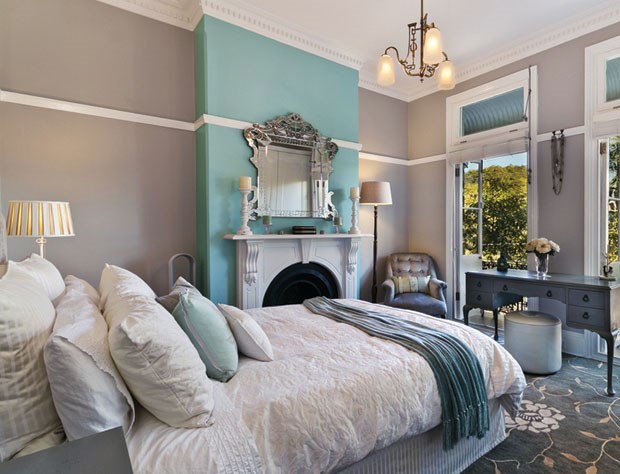Colour trends in interior design are frequently fickle, quickly swinging from one side of the spectrum to the other. But for once, forecasters say that a single hue has entrenched itself as the current and future favorite: gray.
"Gray, in all its variations, has emerged as the overwhelming choice of designers for spaces ranging from home interiors to elegant office settings, and everything in between," says Debbie Zimmer, colour expert for the Paint Quality Institute.
Versatility is the secret to the success of gray, says Zimmer.
"Gray is beautiful in its own right, but it is so perfectly neutral that it can work alongside other soft tints or serve as a perfect foil for vibrant accent colours."
One reason gray is so versatile is that it is not a stark primary colour, nor is it typically a simple combination of black and white. What we call "gray" actually refers to a wide range of complex grayish colours that often contain hints of red, green, blue, yellow or some other hue.
"This subtle tinting is what enables various grays to work well with so many complementary and contrasting colours," says Zimmer. "For example, gray paints that contain a little yellow pigment work well with gold, beige or brown, while those containing red pigment coordinate beautifully with burgundy or purple."
Yellowish-grays paired with beiges or off-whites create neutral colour schemes that are not only classic, but also calming. Similar results can be achieved with blue-grays. Meanwhile, red-or greenleaning grays often appear ultra-sophisticated.
Grays are practical, too. Since they work with so many colours, it's easy to change the overall appearance of a room by simply repainting an accent wall in a different hue. Or, easier yet, introducing a new "punch" colour by adding accent pieces like bright pillows. If you've decided to use gray as the dominant colour in a room, Zimmer suggests you first select an attractive gray paint for the walls; then ask the salesperson to show you the colour formula. Pigment colours blended into the "gray" paint point to the colours you should choose for trim paint, accent walls and even furnishings.
"Using the colour clues hidden in the paint formula is a great place to start when putting together a colour-coordinated interior," says Zimmer. "But gray is neutral enough to work with nearly every hue. It's almost impossible to go wrong when using it as the basis for your colour scheme."



